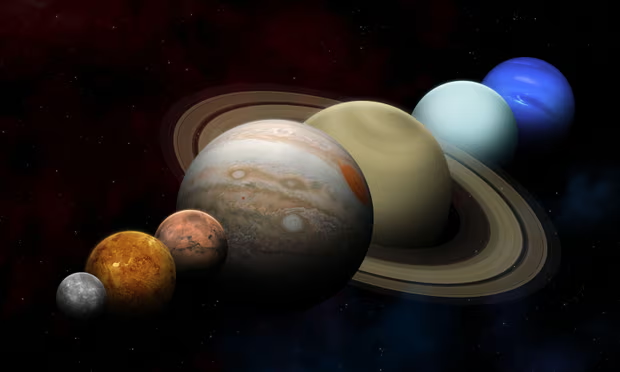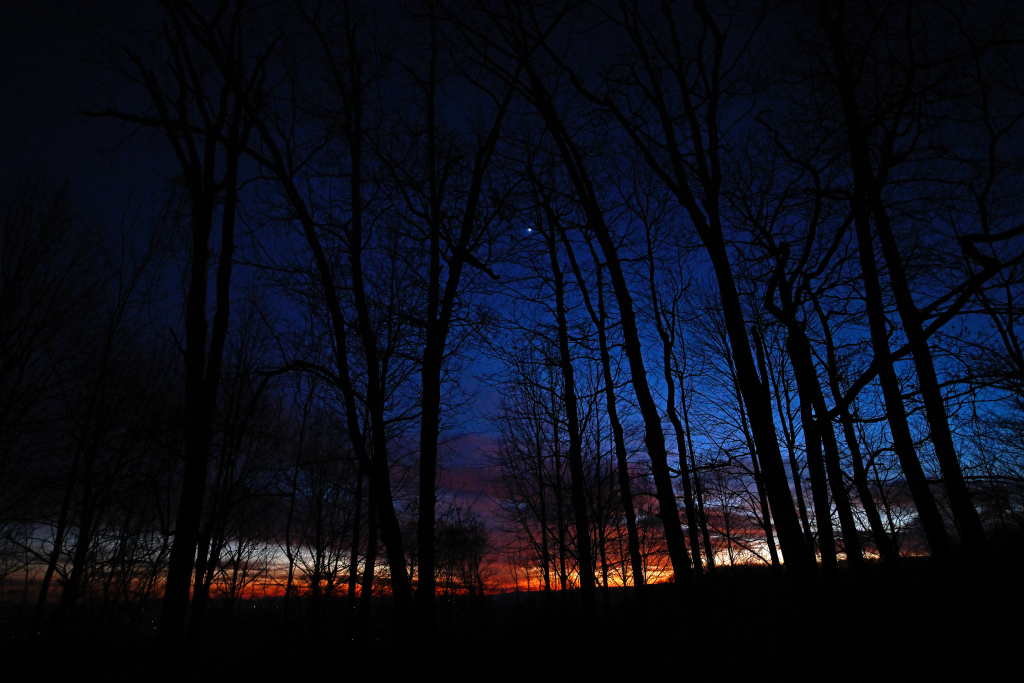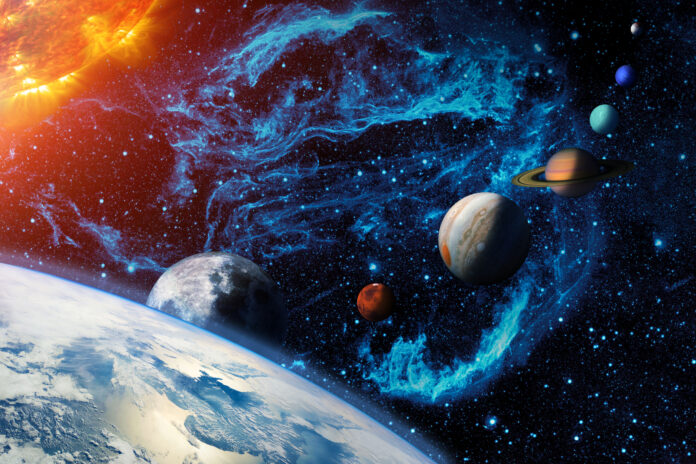Skywatchers will be treated to a spectacular planetary alignment on February 28, as seven planets appear to form a straight line across the night sky. This rare celestial event, known as a planetary parade, won’t occur again until 2040.
What is a planetary parade?

A planetary parade occurs when multiple planets align in the night sky, creating a stunning visual display. While these alignments can include different numbers of planets, full seven-planet parades are uncommon.
“A planetary parade is a moment when multiple planets are visible in the sky at the same time,” said Dr. Greg Brown, an astronomer at the Royal Observatory Greenwich. “How impressive a parade it is will depend on how many planets are in it and how visible they are.”
Which planets will be visible?
While all seven planets will be in the sky at once, some will be much easier to spot than others.
- Easy to see with the naked eye: Venus, Jupiter, and Mars will be the brightest and most visible planets in the lineup.
- Difficult to spot: Mercury, Saturn, and Neptune will be near the horizon and may be hard to see, especially in twilight.
- Requires binoculars or a telescope: Uranus and Neptune are too faint to be visible without special equipment.
“Mercury, Neptune, and Saturn are all very close to the horizon in the early evening and will struggle to be seen,” Brown explained. “In addition, Uranus and Neptune are very faint, making them almost impossible to find without a pair of binoculars or a telescope.”
Why do planetary alignments occur?

Planetary alignments happen because the planets in our solar system orbit the sun along roughly the same plane, known as the ecliptic plane. As each planet moves at different speeds and distances from the sun, there are rare moments when they appear to line up from Earth’s perspective.
“Groups of three, four, or even five planets being visible aren’t uncommon, regularly appearing throughout each year,” Brown said. “But the more planets are involved, the more things need to be aligned to be visible at once. This makes full seven-planet parades fairly rare.”
When and where to watch
The best time to view the planetary parade will be shortly after sunset on February 28.
- United Kingdom: The planets will be positioned above the western horizon just after sunset.
- United States: Experts recommend heading outside about 30 minutes after sunset and avoiding bright city lights.
- Australia: Stargazers should look north after sunset for the best view.
Stargazing apps can help pinpoint the exact locations of the planets in your region.
How to enhance the viewing experience

For those using telescopes or binoculars, Brown suggests looking for unique planetary features.
“Using a telescope, try looking for the moons of Jupiter or the shape of the illuminated part of Venus’s surface – like a tiny crescent moon,” he advised.
As the spring season progresses, the planets will gradually drift apart, making this celestial alignment a fleeting but remarkable event.




